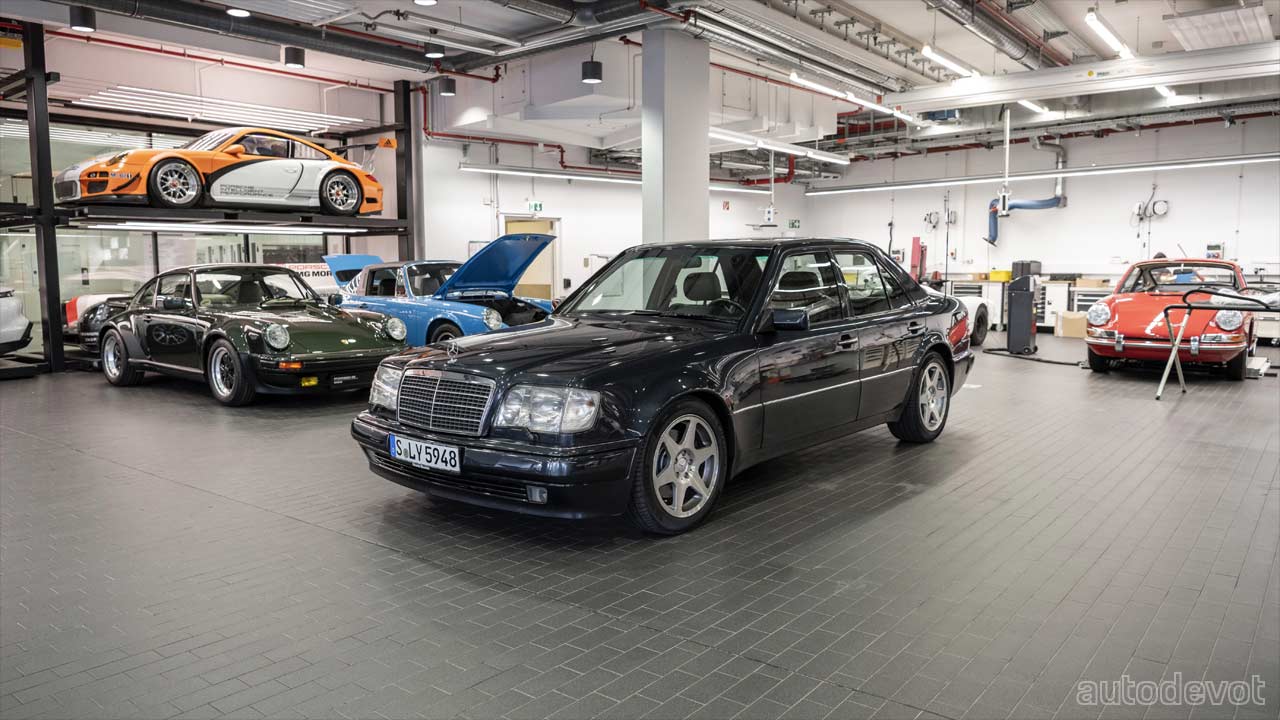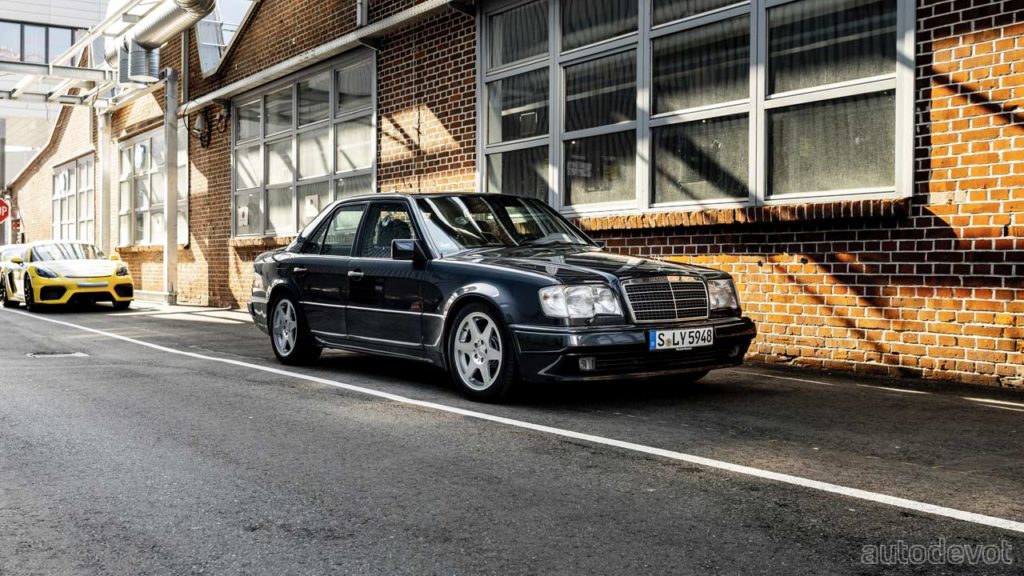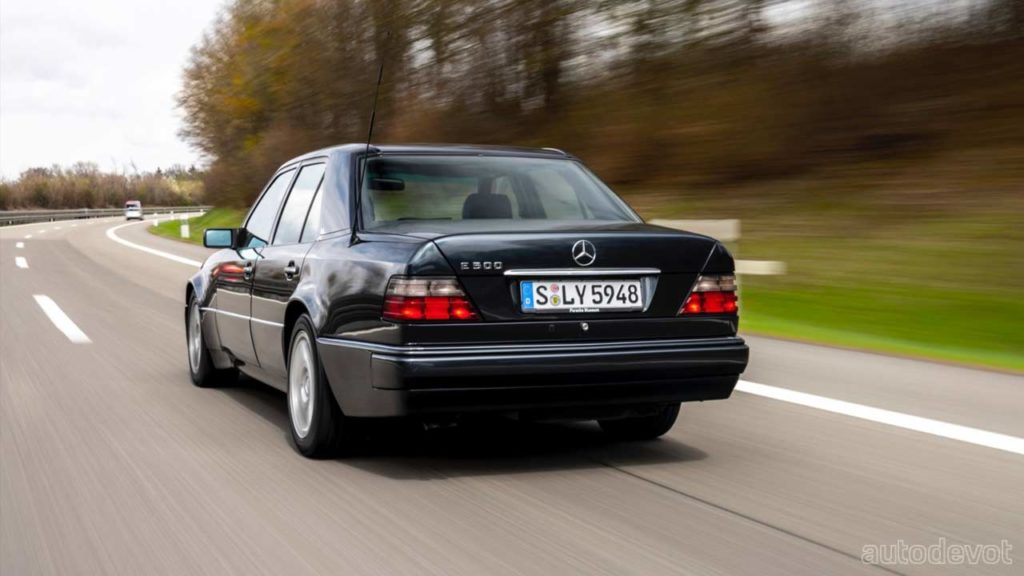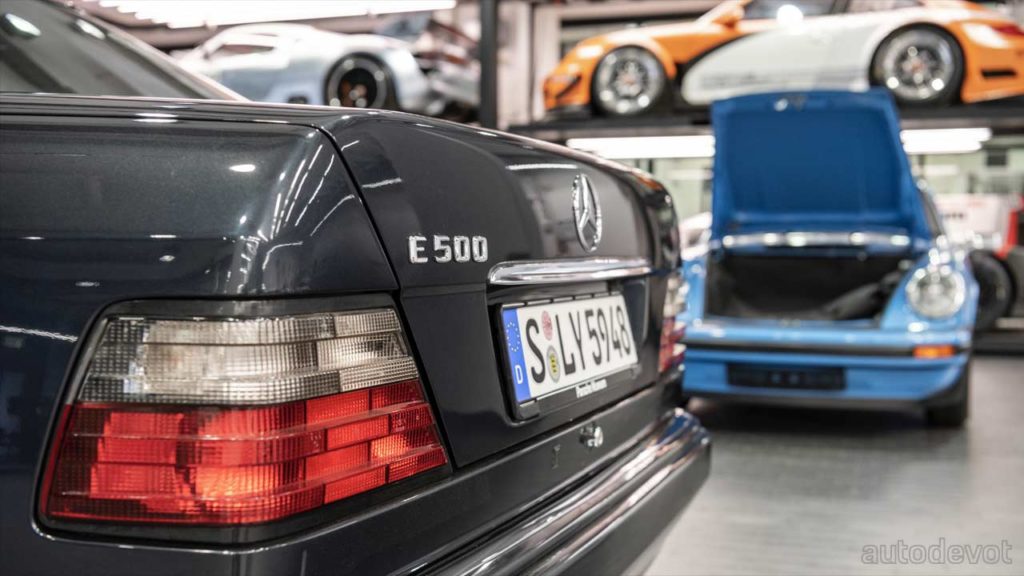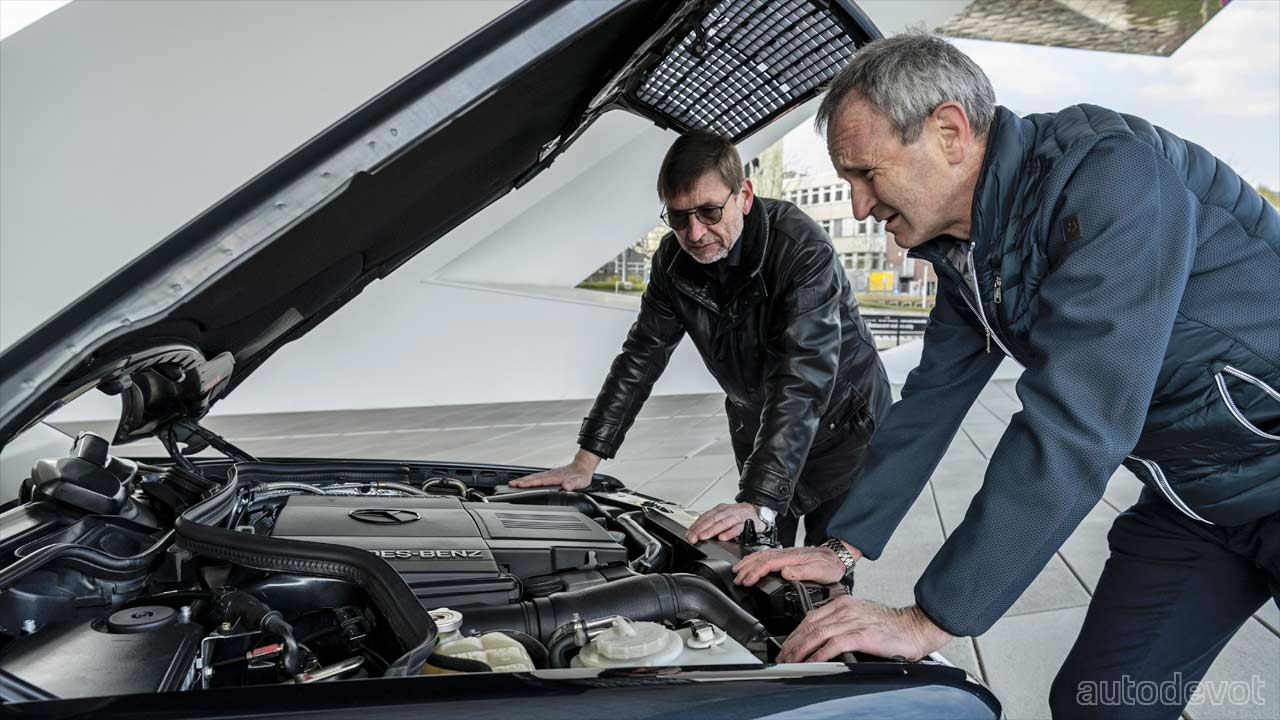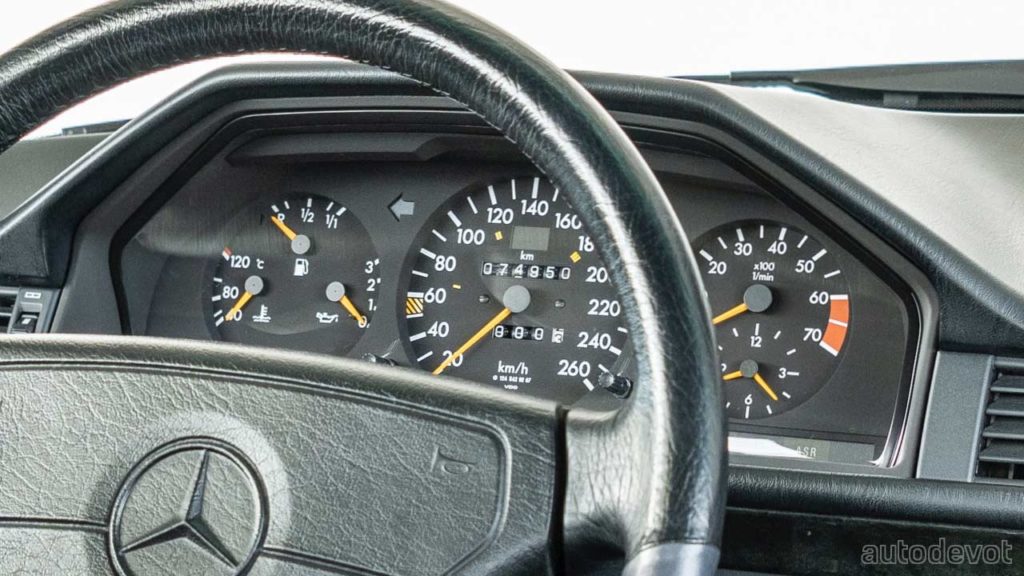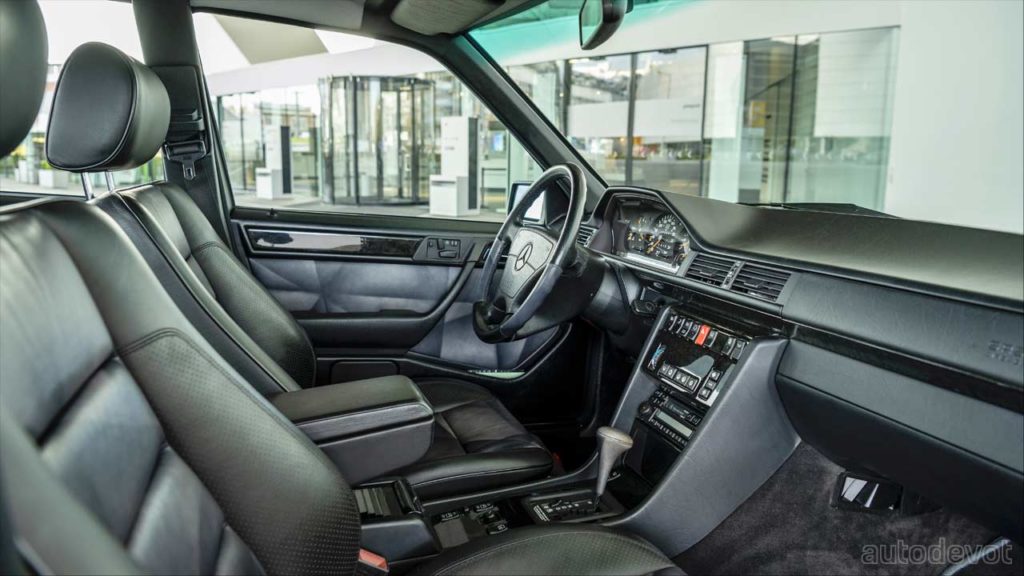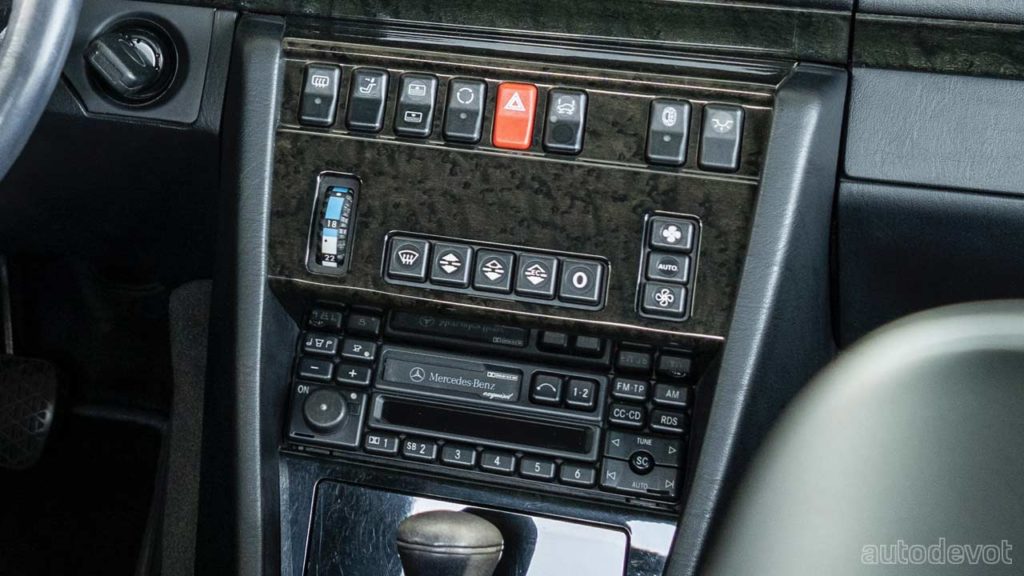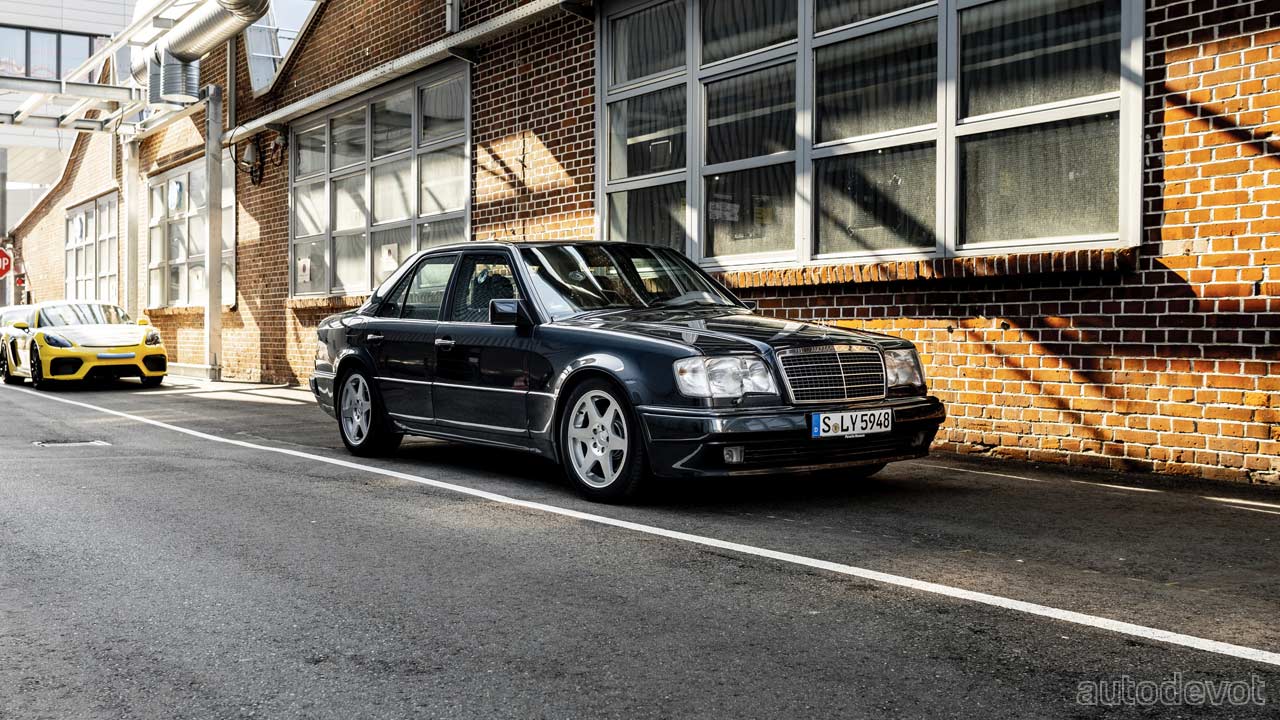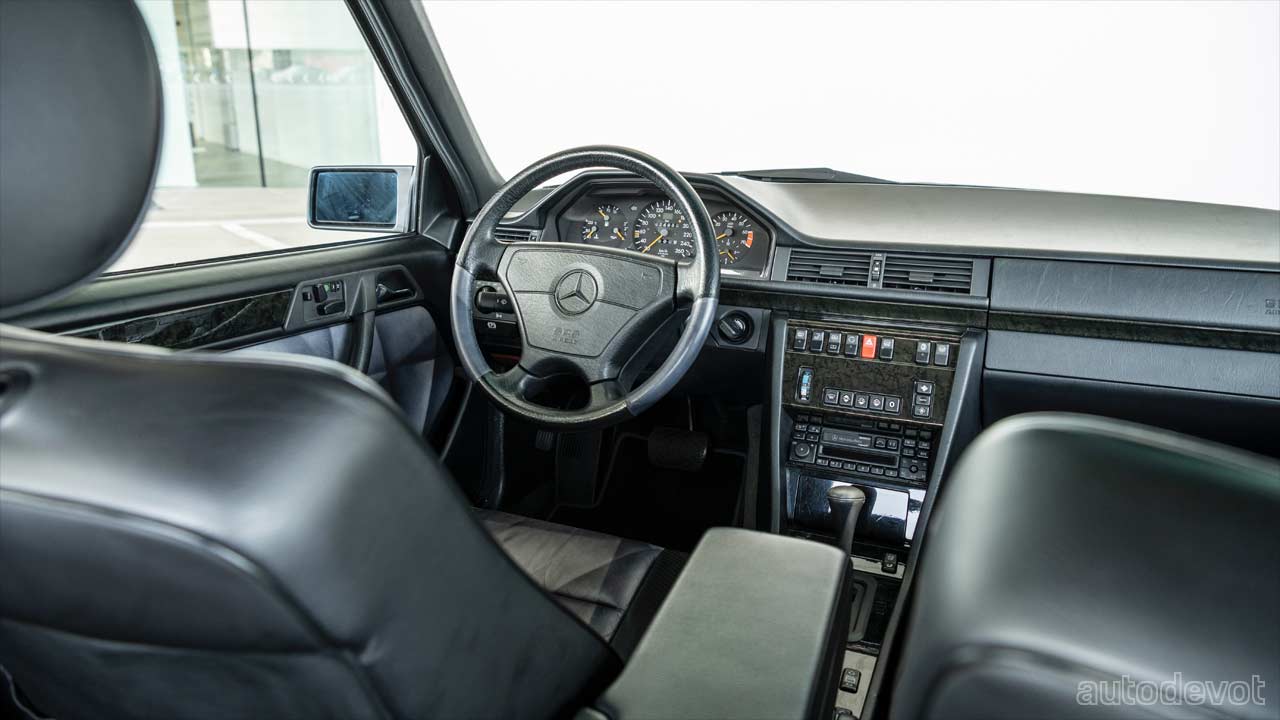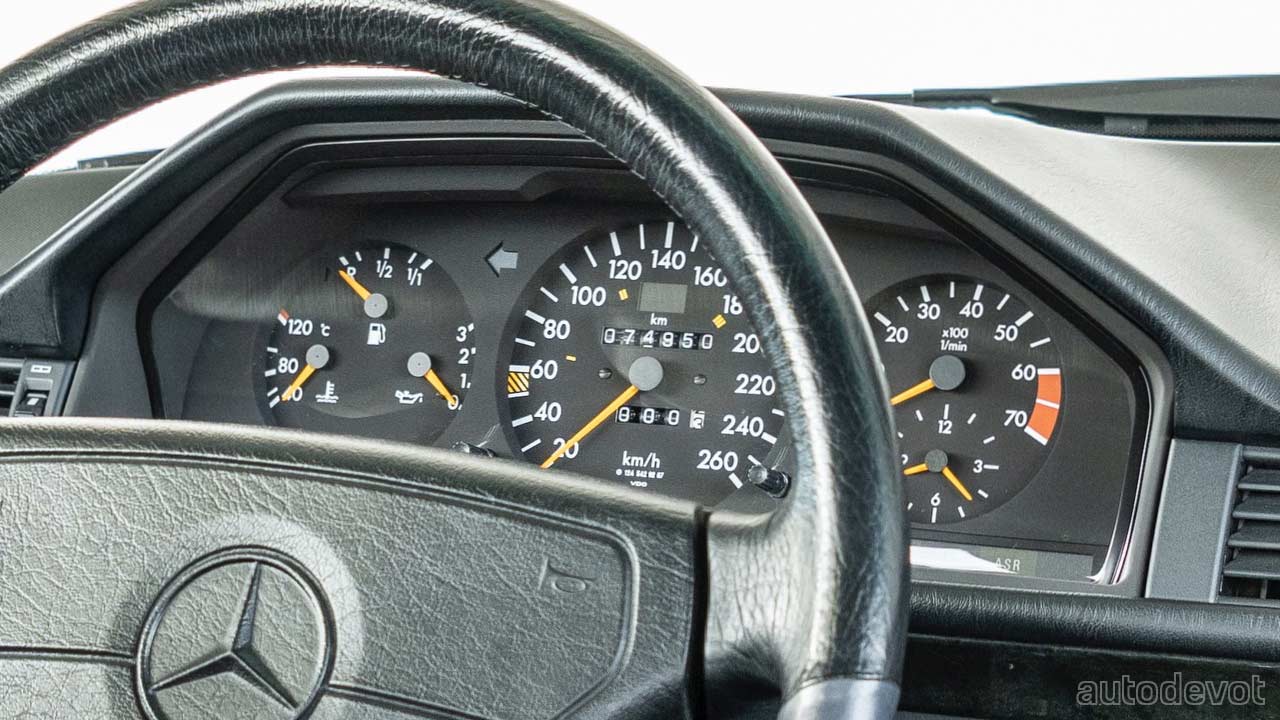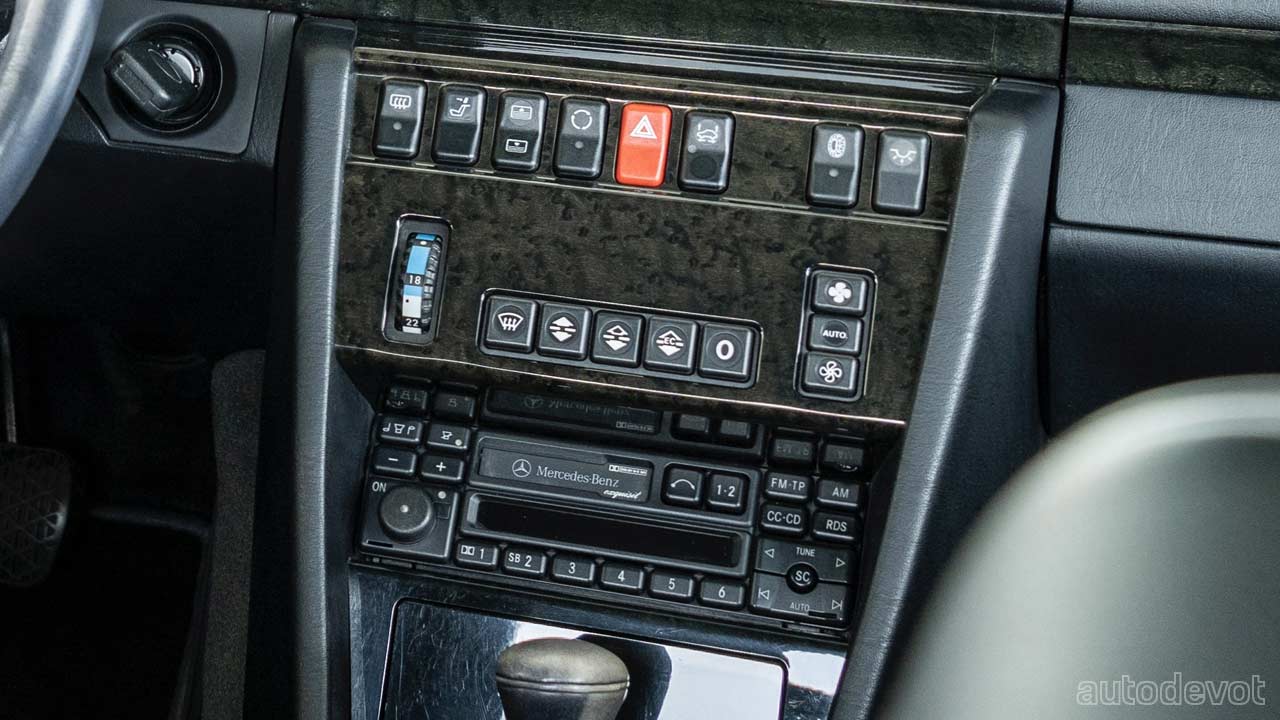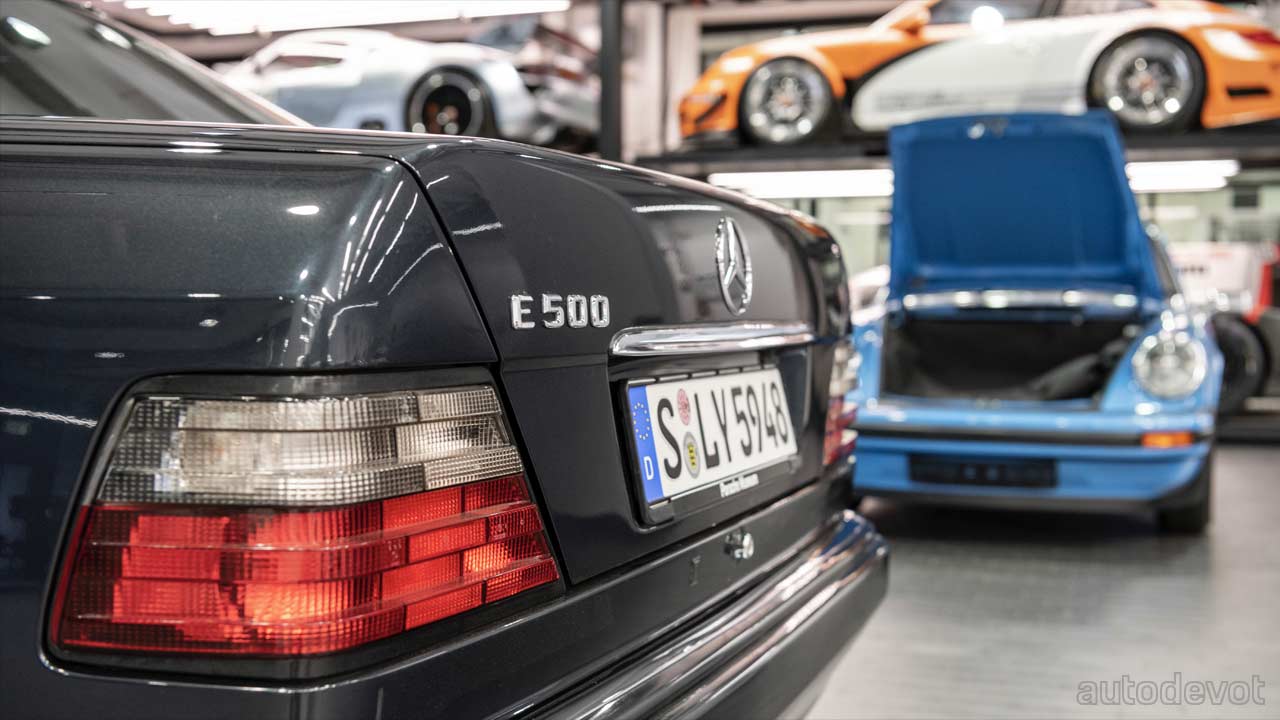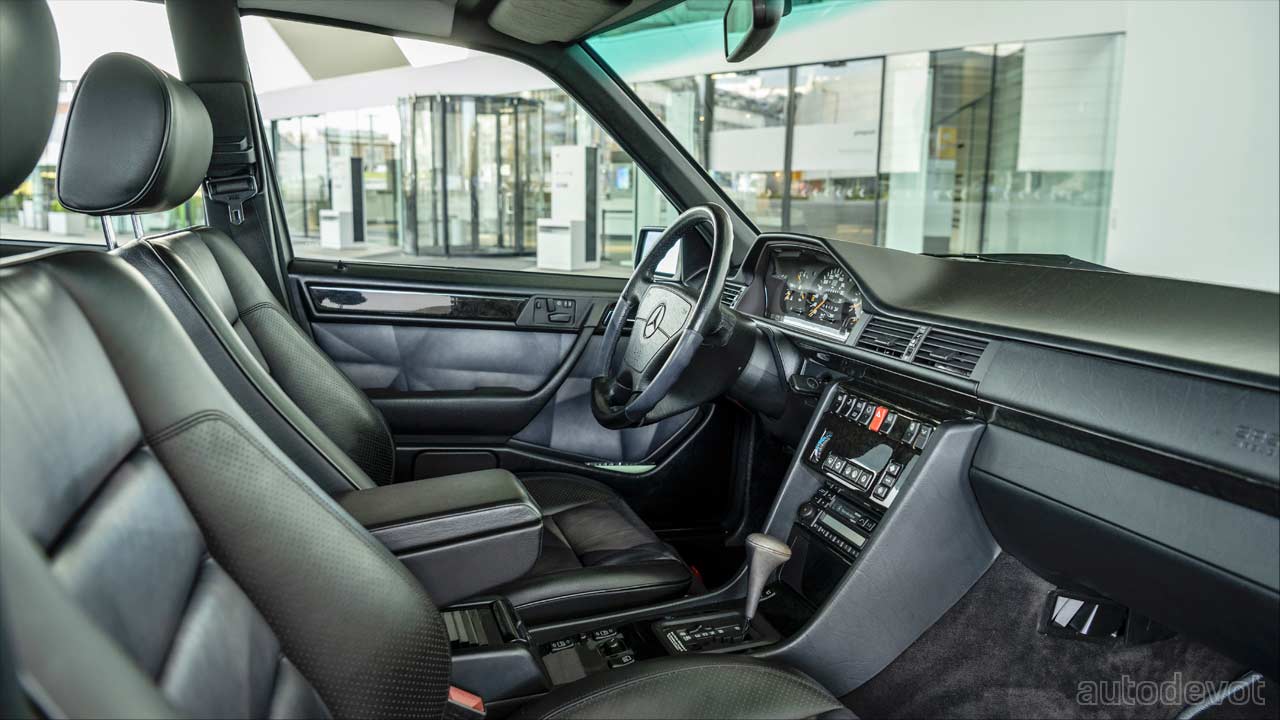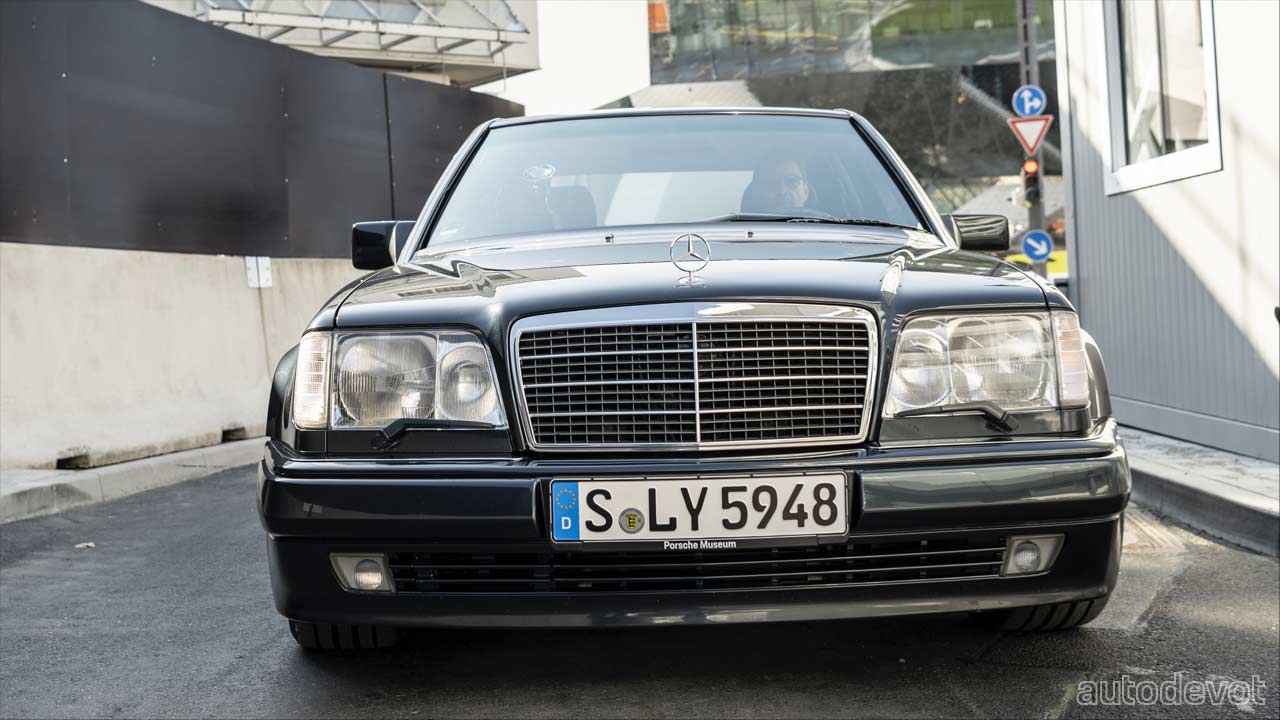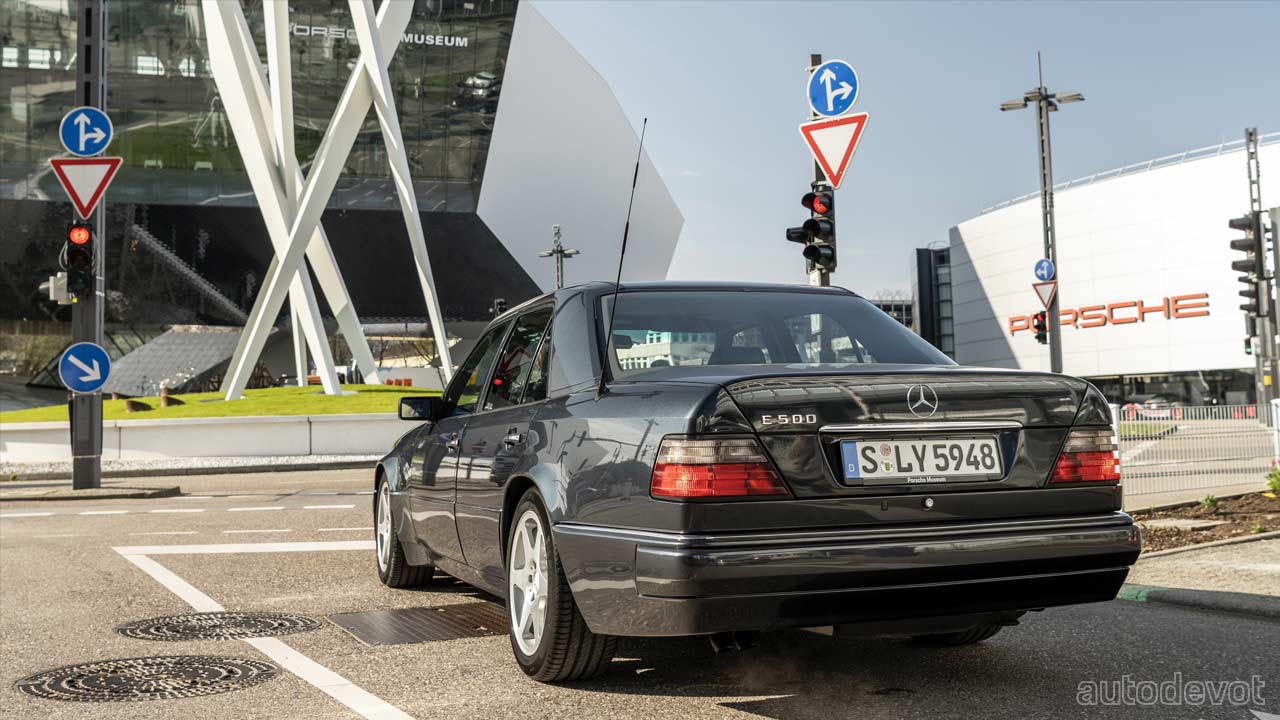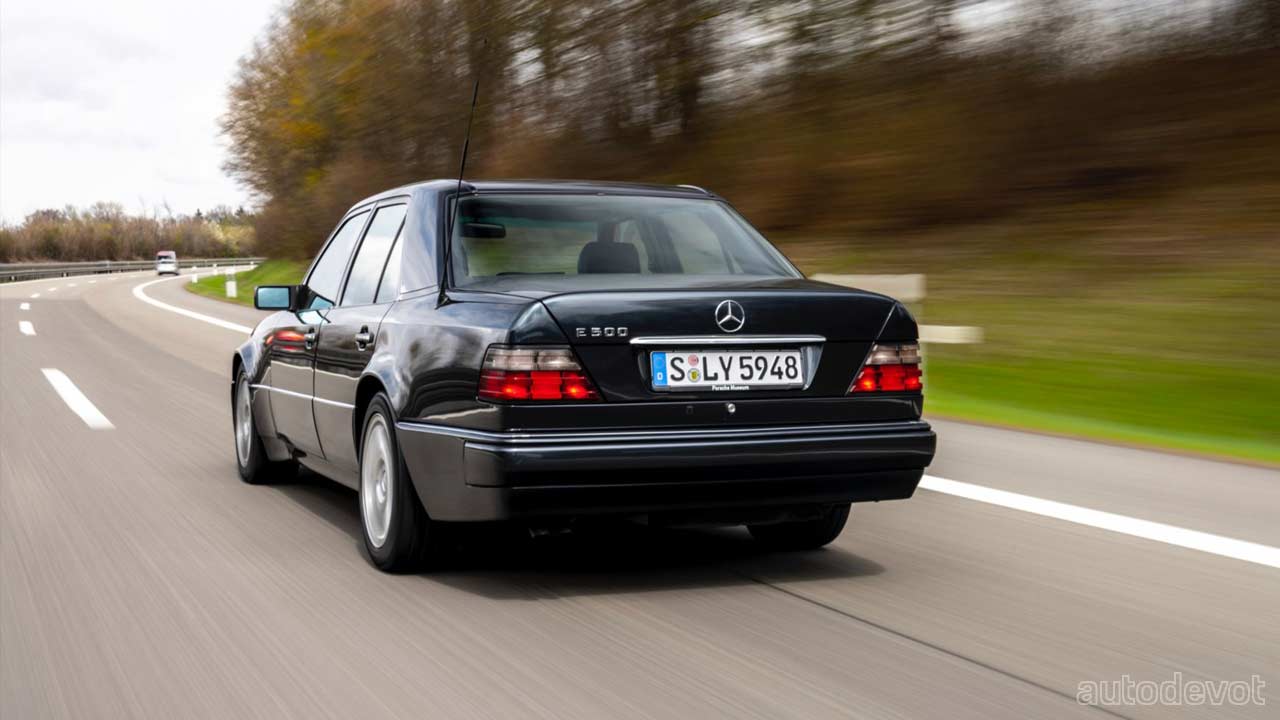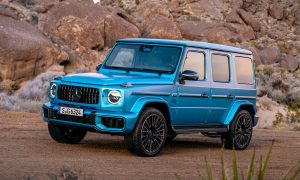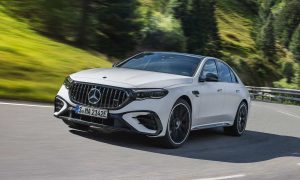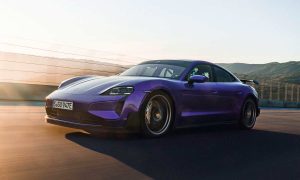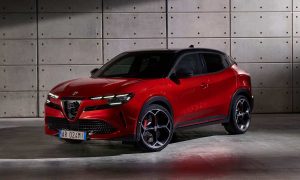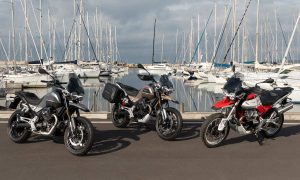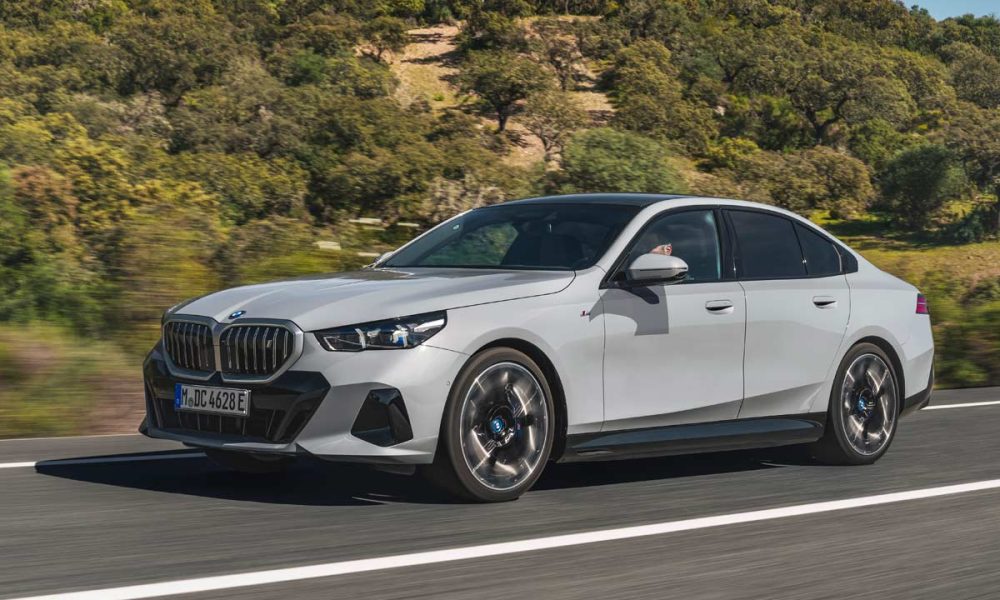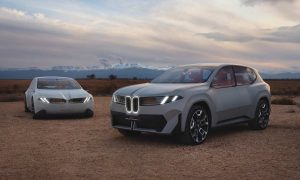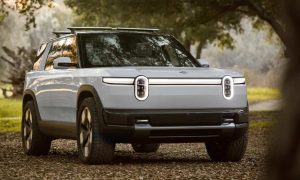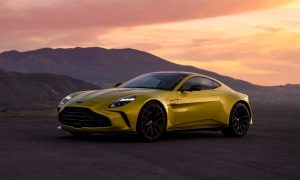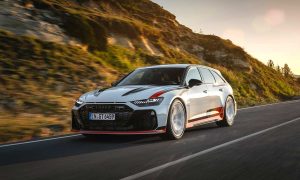Each E 500 made the journey from Zuffenhausen to Sindelfingen twice.
Porsche might have registered a double-digit growth even during these pandemic times, but back in the ’90s, the company was in a huge financial crisis due to declining sales — especially in North America. Things weren’t looking too bright for Mercedes-Benz (then Daimler-Benz) either as there was fierce competition from the Japanese with the Lexus, in addition to the sleepless nights the BMW M5 was giving. The two Stuttgarters who lived not too far from each other (still do) decided to help each other out. And the result was this Mercedes-Benz E 500 (later sold as 500 E) — based on the W124 series mid-size sedan.
Since the W124 was mainly designed to be fuel-efficient, safe and therefore generate lots of money, simply plonking a V8 from 500 SL under its hood overnight to beat the Lexus LS 400 was not an option. The W124 was never designed to take such an engine; there was just not enough safe space. Its chassis, engine bay, suspension and pretty much all related components had to be re-engineered, and Daimler hired Porsche for the job.
Michael Hölscher and Michael Mönig who worked on the E 500 with an internal codename “Project 2758”, return to the Porsche Museum to share their sweet memories.
“Looking at the car today, it’s almost impossible to believe that the design could be so perfect 30 years ago without any CAD data. I have enormous respect for my colleagues in the body shop and especially their vision,” says Hölscher as he looks over at the saloon like an old friend he hasn’t seen in a long time.
The production process took 18 days for each E 500!
After Porsche engineers did their thing, the W124 became fat. I mean, it became 56 mm wider than the base vehicle due to wider tracks and of course, the wings. The E 500 became so fat that it couldn’t fit in Daimler’s own production line in Sindelfingen. Modifying the production line just for the E 500 wasn’t a viable option, and, you guessed it, it’s the Porsche who came to the rescue again. Daimler supplied W124 body parts from Sindelfingen to Zuffenhausen, which Porsche would then modify to E 500 specification and ship back to Sindelfingen, where they were painted. The painted bodies had to go back to Zuffenhausen for final assembly and engine marriage. Of course, the finished cars had to go back to Sindelfingen for deliveries. The production process took 18 days for each E 500!
The 5.0L (4,973 cc) M119 V8 naturally aspirated engine pumped out 240 kW (326 metric hp) and a maximum torque of 480 Nm (354 lb-ft). A 4-speed automatic gearbox drove the rear wheels. Depending on the model year, the performance saloon sprinted from 0-100 km/h (62 mph) in just 6.1 seconds. Its top speed was electronically limited to 250 km/h (155 mph).
The M119 engine came in multiple displacements and Daimler used the Porsche modified chassis to also produce E 400 with a 4.2L V8 and E 60 AMG with a 6.0L V8 version.
Initially, the collaboration was able to produce only 10 finished vehicles a day, which was increased to 20 due to demand. By April 1995, 10,479 units of E 500 were built.

Leave a Reply
Note: Comments that are unrelated to the post above get automatically filtered into the trash bin.
